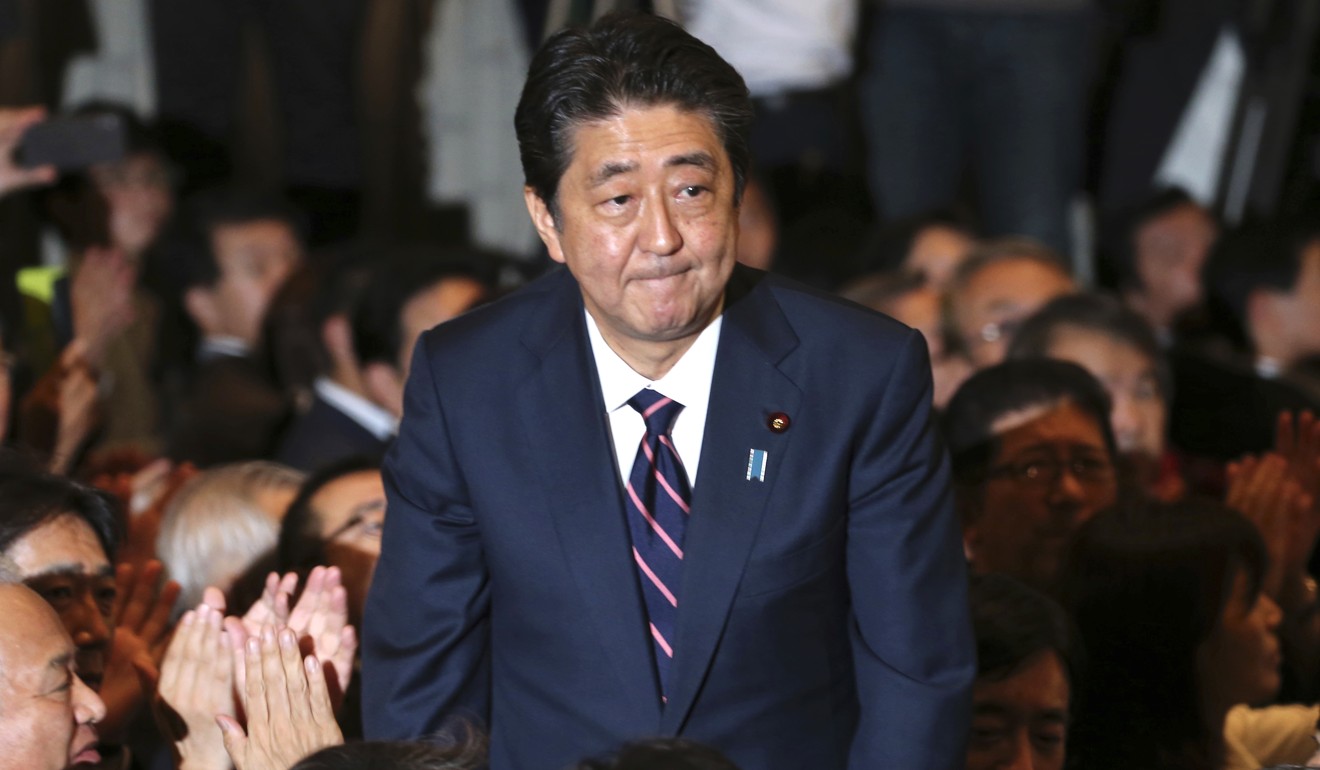
Japan seen as safe haven with trade friction elsewhere adding to uncertainty
Analysts upbeat about the direction the Japanese economy has taken
Japan’s benchmark Nikkei average soared to its highest level in almost 27 years on October 1, the stock exchange buoyed by an array of positive economic news for a nation that has for too long been in the shadow of the “lost years” after its asset-inflated bubble burst in the early 1990s.
Analysts say there is a genuinely positive mood about the direction of the economy – rising capital investment, falling unemployment, a weaker yen promoting exports, growing household spending – while cautioning that domestic and international issues will have a major say on progress in the coming 12 months.

“In particular, we have seen private investment up this year and this is probably one of the most important factors behind the positive news. Companies needed to replace their equipment but were concerned about the global environment. Now we are seeing some international friction, they feel it is safer to invest in Japan rather than China or other parts of Asia.
“Right now, Japan is one of the safest bets and that is only growing, so I see a long-term potential for this sort of growth,” he says, adding that a weaker yen is good for exporters and will likely remain for the foreseeable future.
We have seen private investment up this year and this is probably one of the most important factors behind the positive news
On the home front, higher bonus payments have pushed up real wages and encouraged a rebound in household spending. For some, a fatter summer pay cheque led to increased outlays on big ticket items, such as cars, personal computers and the latest generation of mobile phone. Those factors could also support the Bank of Japan’s case that inflation will in due course head towards its ambitious 2 per cent target.
Japan, still the world’s third-largest economy, grew at an annualised rate of 1.9 per cent in the second quarter of 2018 after a revised contraction of 0.9 per cent in the first quarter brought an end to the longest uninterrupted period of growth in Japan for 28 years.
And the government is bullish on the outlook into 2019, with the Cabinet Office in July predicting that gross domestic product will grow 1.5 per cent in real terms, buoyed by the growing number of foreign tourists visiting Japan and investment and spending linked to the Rugby World Cup in 2019 and, the following year, Tokyo hosting the Olympic Games.
That figure is significantly more optimistic than the 0.8 per cent growth that most economists are anticipating, however, with analysts urging caution over both long-term domestic issues and newer factors at home and abroad.
Japan is no nearer to a solution to what may very well turn out to be the intractable problem of a an ageing population that is increasingly reliant on government support in the shape of pensions and covering the costs of medical treatment at the same time as a shrinking population of young workers provide less tax income to the national government.
The government has made half-hearted moves towards easing requirements imposed on foreigners wishing to come to Japan to work, but it appears extremely unlikely the limited numbers being suggested will solve the shortage of workers or meet tax requirements.
There is also concern over the possibility that the trade war that has already been ignited between the United States and China will worsen and drag other economies into the maelstrom. For Japanese companies with manufacturing facilities in China that export to the US, the risks are considerable and have already triggered a reassessment in boardrooms about shifting production out of China to other parts of Asia.
In mid-September, Haruhiko Kuroda, the governor of the Bank of Japan, warned that protectionist trade policies pose a growing threat to the global economy and put the global supply chain at considerable risk. “The multilateral trading system is complex,” Kuroda said. “Not only the North American Free Trade Agreement, or trade between the US and China, but the effect on the whole world economy must be watched.”
A purely domestic issue that will inevitably have an impact on the economy will be the hike in the consumption tax from 8 per cent at present to 10 per cent on October 1, 2019, with the government promising to use the added revenues to fund ballooning social welfare costs. The additional tax is expected to bring in an additional 5 trillion yen (HK$344.24 billion) a year, although there will be a price to pay.
“The tax hike will be a significant event and will pull forward demand, but consumption will fall after it goes into effect,” says Schulz. “Companies will produce and expect to sell more in the quarter immediately before the increase, but the data from previous tax hikes shows that it can be expected to affect the economy for a full year.”
The Bank of Japan is predicting that putting consumption tax up to 10 per cent will increase the burden on household budgets by 2.2 trillion yen a year, although the government has promised to introduce economic measures that will cushion the blow, such as subsidies for homebuyers and reduced taxes on housing loans.
Despite the risks – and barring a major, unforeseen crisis – analysts are confident that the outlook for the economy remains positive.

